Barbie has been a lightning rod for controversy since her debut at the New York Toy Fair in 1959. Mattel has made subtle changes to the doll’s body and face over the years, but none as dramatic as the changes they are making now by adding three new body types: tall, petite and curvy.
Barbie’s sales have dropped dramatically in the past few years in the face of fierce competition from what parents perceive to be more progressive playthings—like the Lego Friends toys and the Frozen doll. “Some of the things that people said about Barbie was that she might be a bad role model for girls, that she represents an unrealistic body type,” says Jess Weiner, a branding expert and consultant who has worked with Dove, Disney and Mattel to create empowering messages for girls.
Read the TIME cover story on Barbie’s new body
In a world where curvaceous stars like Beyoncé, Kim Kardashian and Nikki Minaj rule pop culture, Barbie felt out-of-touch. After 57 years of criticism, Mattel finally determined to update the doll.
Photographer Kenji Aoki Captures Barbie’s Transformation for TIME
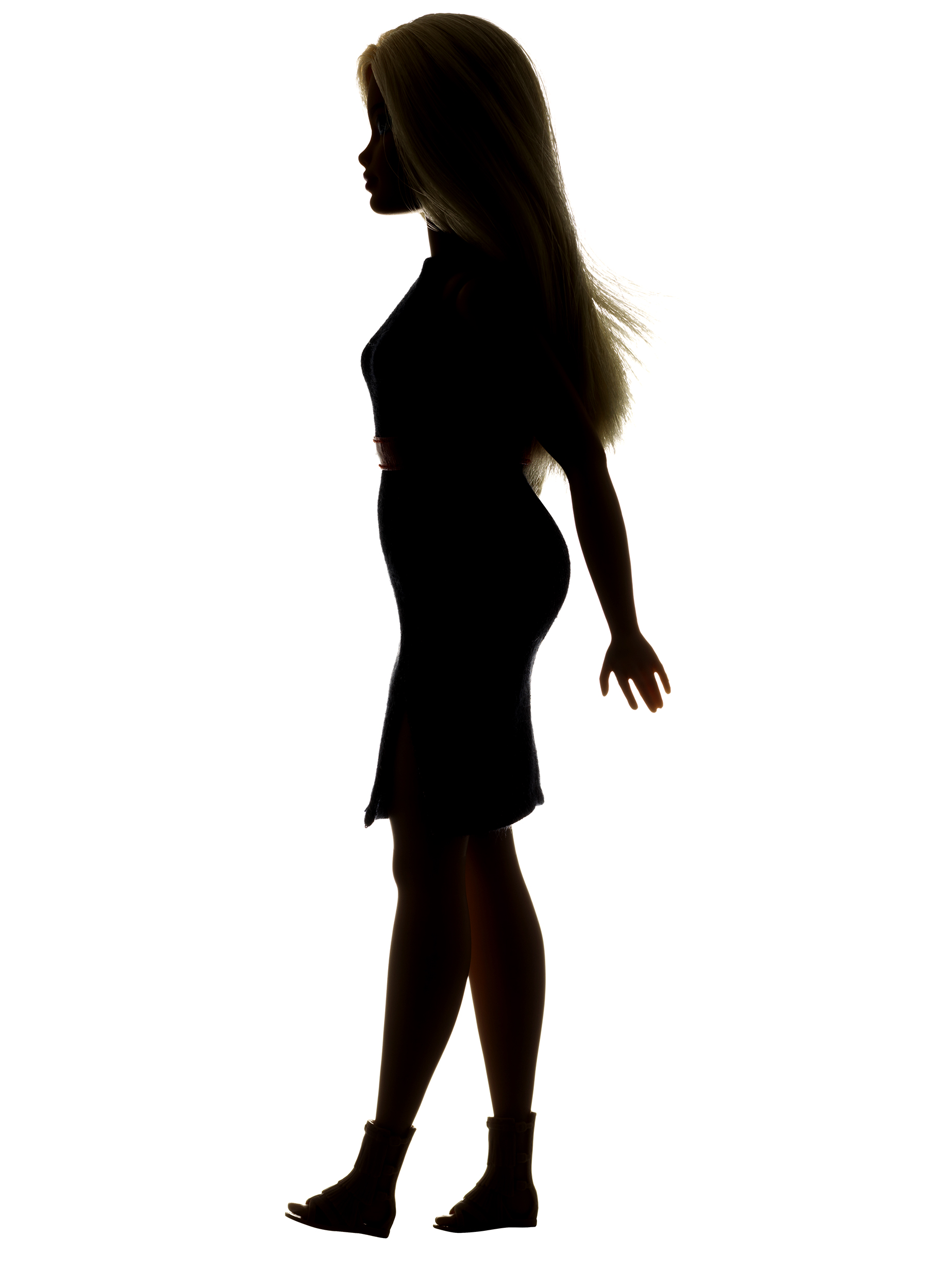
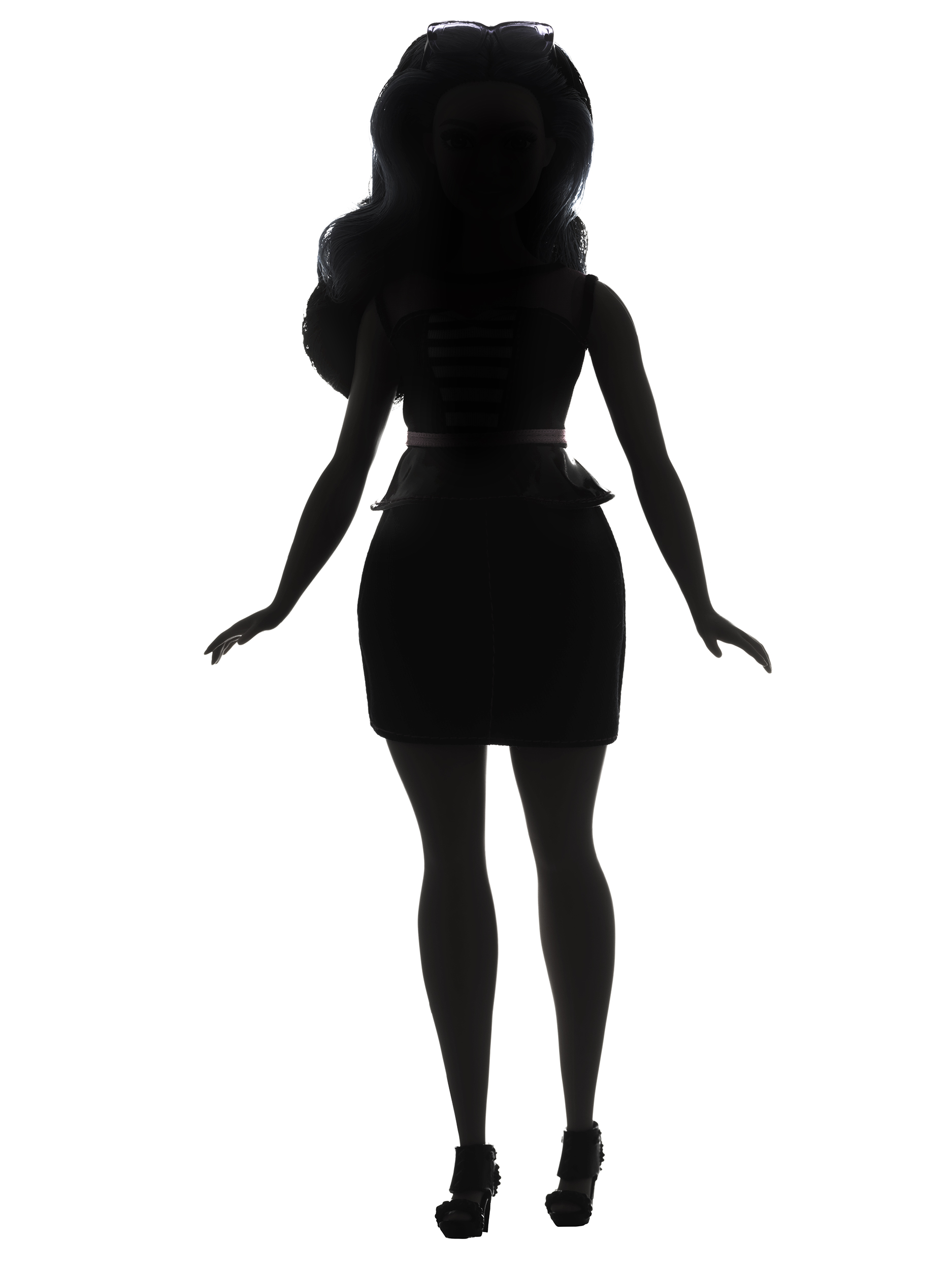
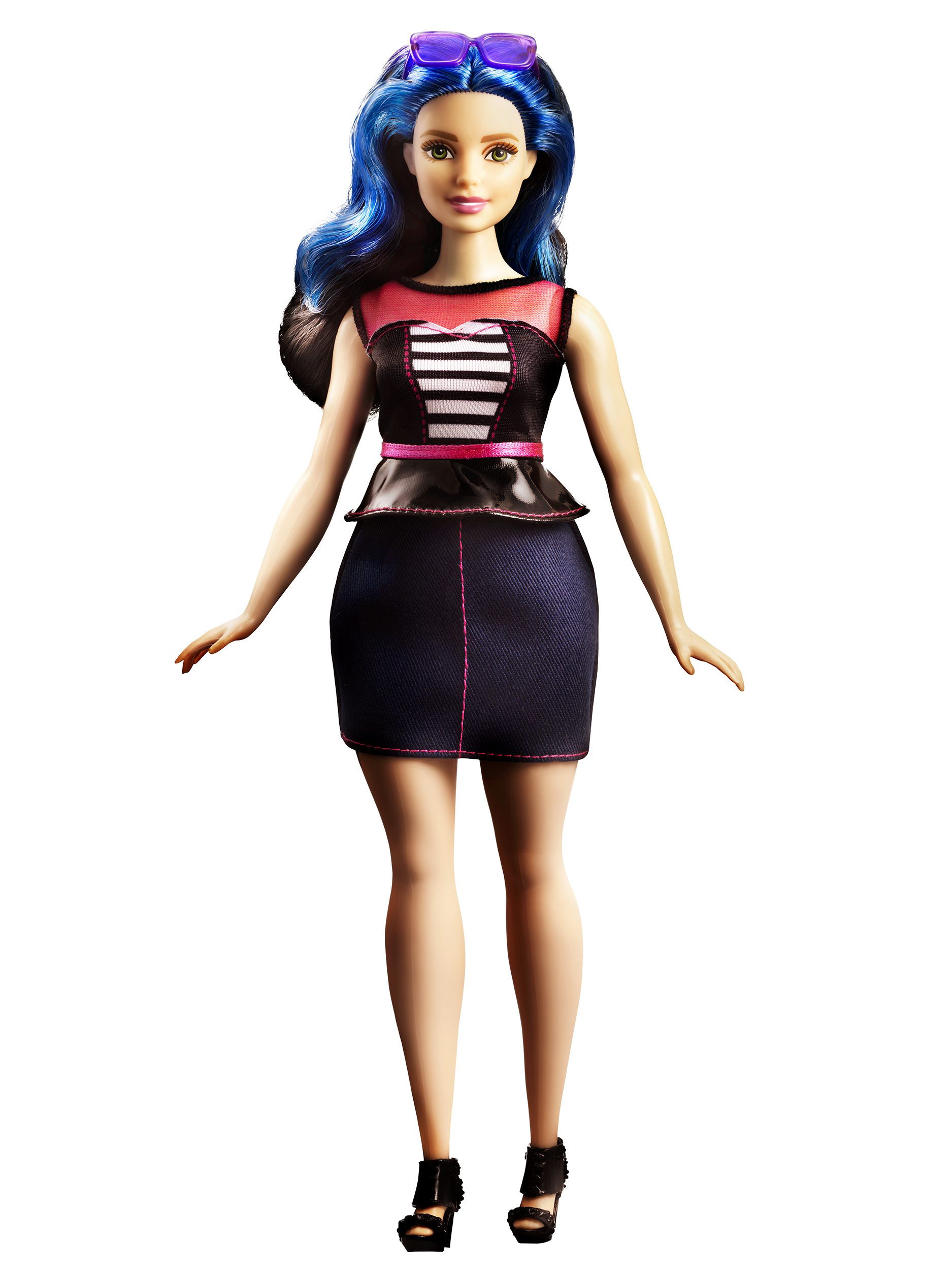


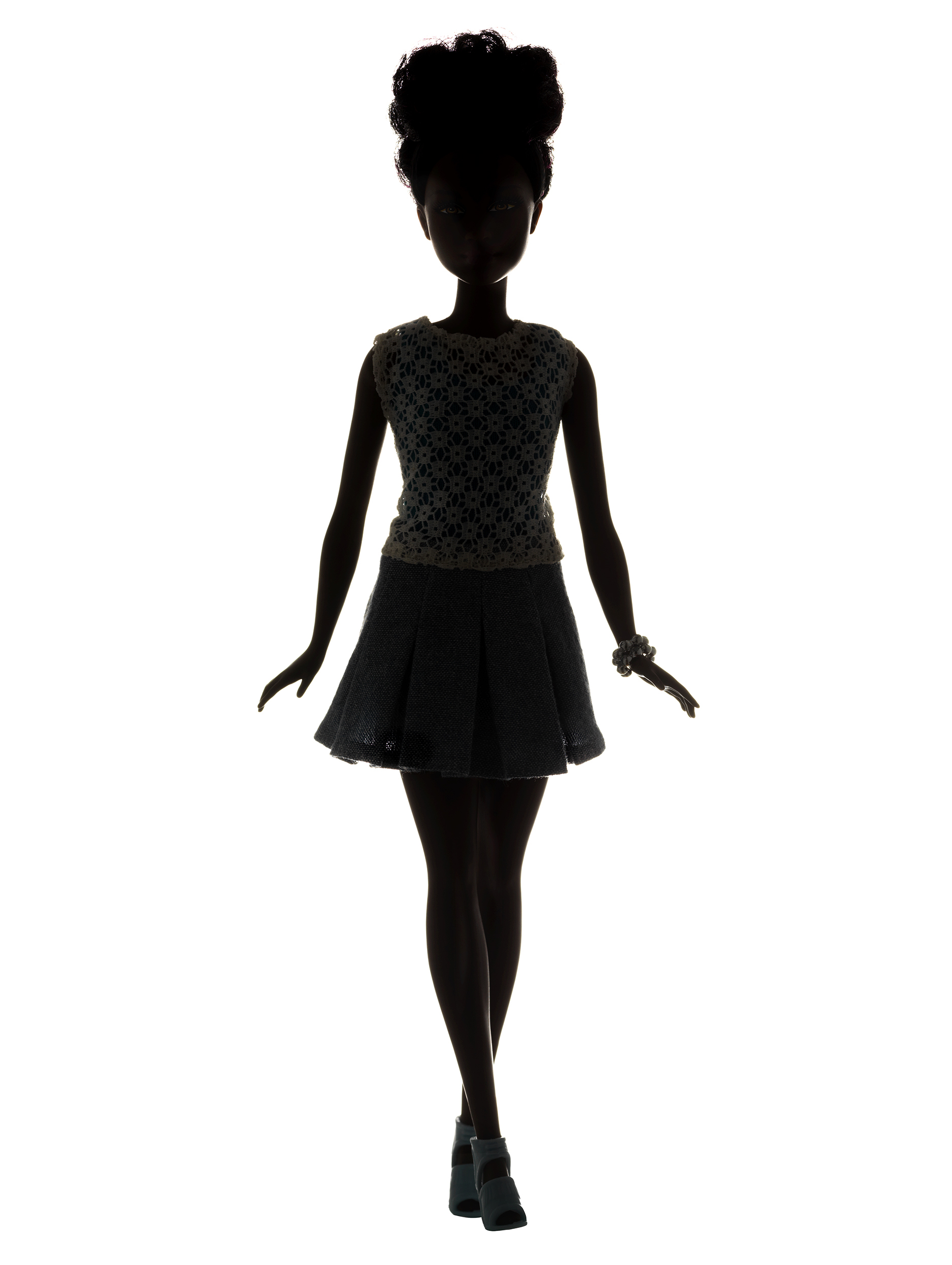
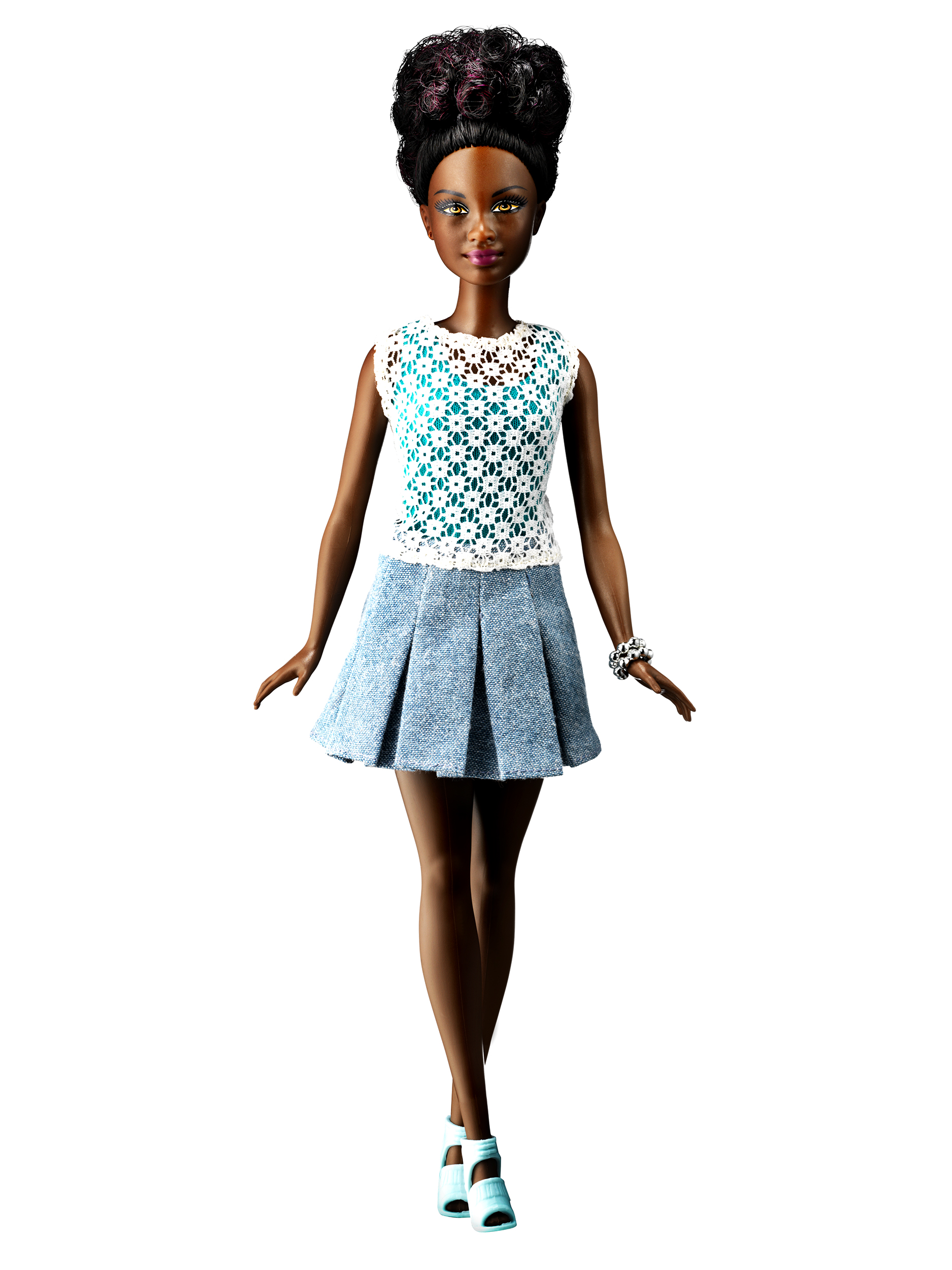
“We said to our teams, ‘If you could start the brand over today and you didn’t have any rules, you could do whatever you wanted, what would you do?'” says Kim Culmone, the head of design at Barbie. The answer was greater diversity—in terms of skin tone, hair color and texture and finally body size.
More Must-Reads from TIME
- Why Trump’s Message Worked on Latino Men
- What Trump’s Win Could Mean for Housing
- The 100 Must-Read Books of 2024
- Sleep Doctors Share the 1 Tip That’s Changed Their Lives
- Column: Let’s Bring Back Romance
- What It’s Like to Have Long COVID As a Kid
- FX’s Say Nothing Is the Must-Watch Political Thriller of 2024
- Merle Bombardieri Is Helping People Make the Baby Decision
Write to Julia Lull at julia.lull@time.com